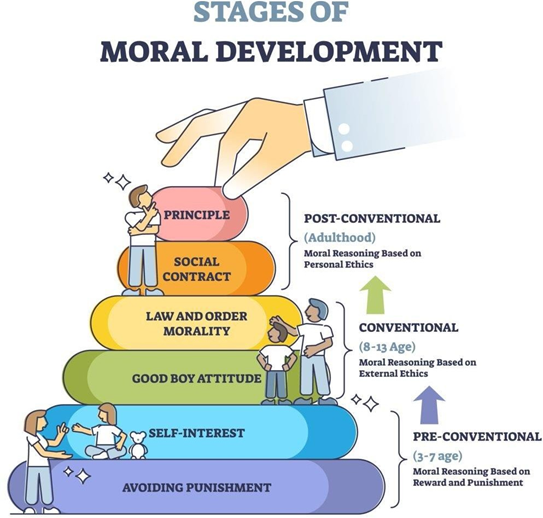The mother of a 4-year-old boy tells the nurse that her son occasionally wets his pants during the day. How should the nurse respond?
"Tell me about the circumstances when this occurs."
"Is there a family history of diabetes?"
"Suddenly having accidents can be a sign of diabetes."
"That's normal: don't worry about it."
The Correct Answer is A
A. "Tell me about the circumstances when this occurs.": This response allows the nurse to gather more information about the child's toileting habits and potential triggers for the accidents.
Understanding the context can help identify possible underlying causes and guide appropriate interventions.
B. "Is there a family history of diabetes?": While diabetes can be a cause of increased urination, asking about a family history of diabetes is premature and may unnecessarily alarm the parent before further assessment.
C. "Suddenly having accidents can be a sign of diabetes.": Jumping to conclusions about a serious medical condition like diabetes without further assessment or evidence can cause unnecessary anxiety for the parent. It's important to gather more information and consider other potential causes before suggesting a diagnosis.
D. "That's normal: don't worry about it.": While occasional daytime wetting accidents can be common in young children, dismissing the concern without further assessment may overlook potential underlying issues that could benefit from intervention or support.
Nursing Test Bank
Naxlex Comprehensive Predictor Exams
Related Questions
Correct Answer is A
Explanation
A. They follow rules out of a sense of being a "good person.": According to Kohlberg, at the conventional stage of moral development, individuals are motivated to follow rules and laws to maintain social order and to be perceived as good members of society.

B. They follow rules out of fear of being punisheD. Fear of punishment is more characteristic of the preconventional stage of moral development, where individuals make moral decisions based on avoiding punishment or seeking reward.
C. They follow rules in order to receive praise from caretakers: Seeking praise from caretakers may influence behavior, but it does not reflect the underlying motivation for following rules according to Kohlberg's theory.
D. They follow rules because it is in their nature to do so: While some individuals may have a predisposition to follow rules, Kohlberg's theory focuses on the moral reasoning behind rule- following rather than inherent tendencies
Correct Answer is A
Explanation
A. "I will give him a pacifier during feeding time.": Giving a pacifier during feeding time may interfere with the infant's ability to coordinate sucking, swallowing, and breathing, especially if
they are receiving nutrition through a nasogastric tube. This response indicates a need for further teaching because pacifiers during feeding time could potentially disrupt the infant's feeding
pattern and may not be appropriate in this situation.
B. "We need to make sure he doesn't lose the desire to eat by mouth.": This response
demonstrates an understanding of the importance of maintaining the infant's oral feeding skills and indicates appropriate knowledge about promoting oral feeding while using a nasogastric
tube.
C. "We need to keep feeding time very quiet.": Keeping feeding time quiet can help reduce distractions and promote a calm environment, which may enhance feeding tolerance for the infant. This response reflects an understanding of strategies to facilitate feeding.
D. "Sucking produces saliva, which aids in digestion.": This response demonstrates knowledge about the benefits of sucking and saliva production during feeding, indicating an understanding of the infant's physiological needs during feeding.
Whether you are a student looking to ace your exams or a practicing nurse seeking to enhance your expertise , our nursing education contents will empower you with the confidence and competence to make a difference in the lives of patients and become a respected leader in the healthcare field.
Visit Naxlex, invest in your future and unlock endless possibilities with our unparalleled nursing education contents today
Report Wrong Answer on the Current Question
Do you disagree with the answer? If yes, what is your expected answer? Explain.
Kindly be descriptive with the issue you are facing.
